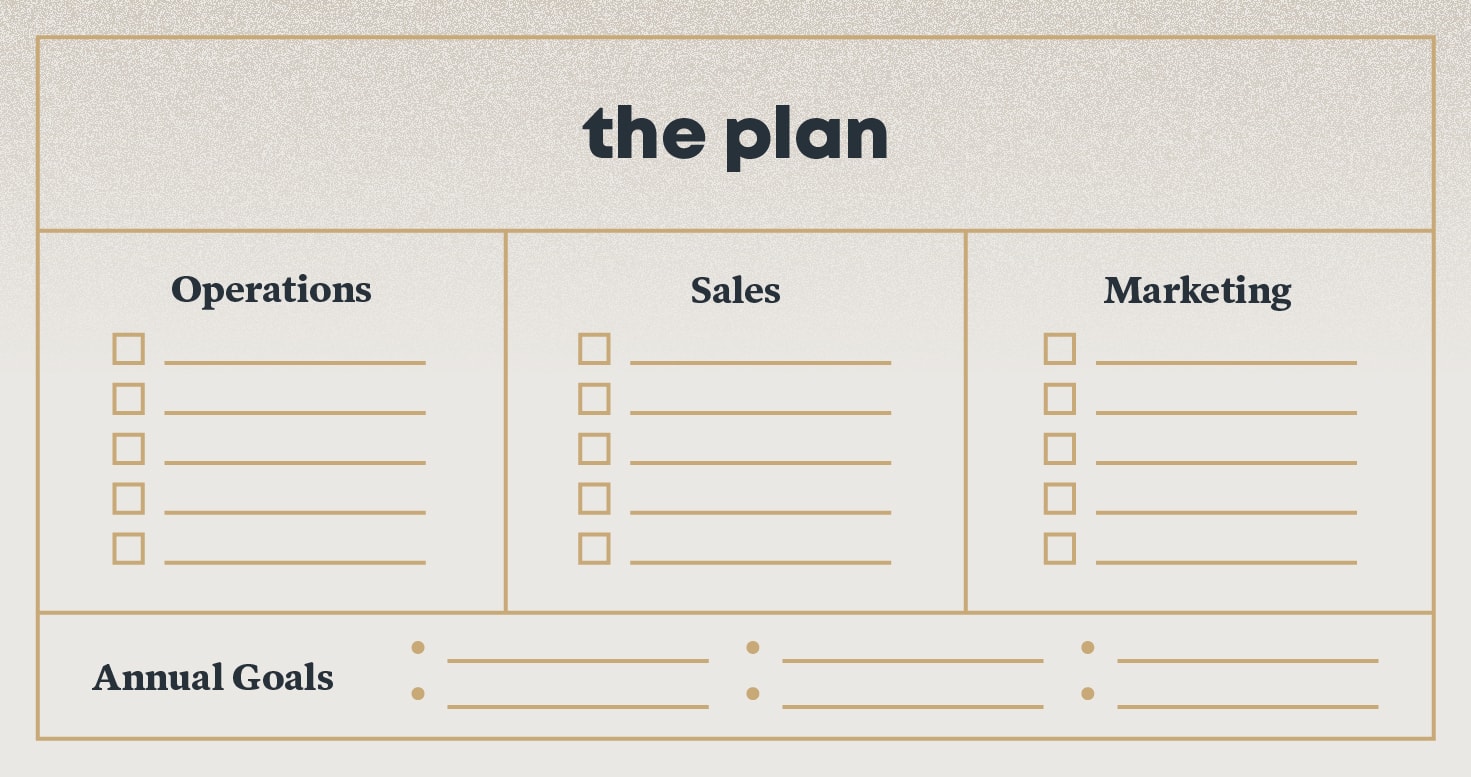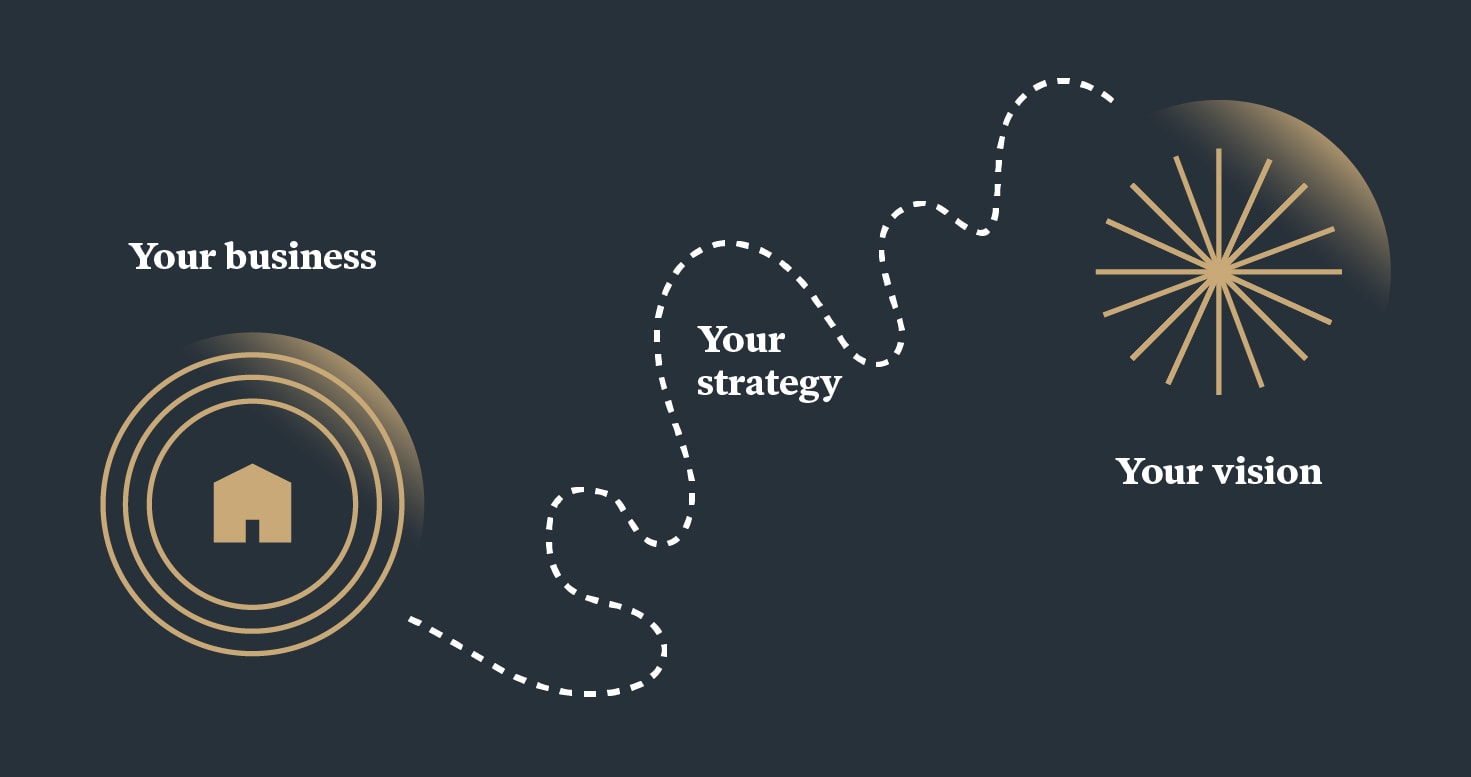
How Kinesis Spends Our Marketing Dollars
It can be difficult to define a marketing budget, but it helps to look at how peers are allocating resources. We decided to start with ourselves.

At long last, 2020 – the year that felt like a decade – is coming to a close. Many of us are prepared to kiss this year goodbye, dust ourselves off, and start bracing for a new beginning in 2021.
If you’re like most business leaders, that probably means gathering your team for an annual planning session. You’ll probably set a goal for next year – a revenue target or a certain growth percentage – and then outline how each department will contribute to that goal. Maybe you’ll create action plans with KPIs like “host X events” or “generate X new leads.”
How did that work out for you in 2020?

There isn’t inherently wrong with wanting to plan for the future. But the problem is just that – in most cases, these are plans. The very definition of the word “plan” implies specific tactics. Charts, diagrams, lists, and careful preparations. And if this year has taught us anything, it’s that plans are doomed to fail. Here are a few reasons why.
In our last article, we discussed how most business operations were developed during the Industrial Revolution – when modern workplaces were forming around the machines that made the work possible. This worked well, for a time. Work was routine and predictable. Tasks were repetitive. Quantities were known.
But life has changed immeasurably since then, and our systems and processes have yet to catch up. Take annual planning: This made perfect sense in an industrial environment when you had fixed costs, steady demand, and regular inputs and outputs. It was easy to set goals in the context of production.
In a world of knowledge work, more complex services, and changing variables, however, trying to plan for every contingency is a fool’s game.

Annual plans have become so ubiquitous now that we hardly stop to question the efficacy of this approach. But when you think about it, absurdly, an annual plan is created when you have the least amount of information.
Think back to when you drew up your annual plan for 2020 – brimming with optimism for the year ahead. It seems somewhat laughable now, doesn’t it? If only you knew then what you know now, your plan would look a lot different.
Of course, not every year will be as chaotic as this one – but nonetheless, we can’t possibly anticipate what next year will look like or the new set of challenges we’ll face. Thus, it is wasted energy to try to account for precisely what you’ll be doing in October of 2021.
Of course, there’s a reason these types of plans are so common – because the world is a scary place, the future doubly so, and feeling like we have a handle on where we’re headed cradles us in a warm blanket of false security.
This may feel nice, but there is no such thing as certainty – even with the best-laid plans. And in fact, holding dear to that illusion could hinder our ability to be nimble when things (inevitably) change.
Did you have to read that twice? If you’re not familiar with distinction, it comes to us from the tech world. A complicated problem can be difficult to solve, but it is addressable with rules, structures, and processes – like the algorithms that place ads on your Twitter feed.
A complex problem, on the other hand, involves too many unknowns and too many interrelated factors to reduce to rules and processes. A competitor who develops a disruptive business model is a complex problem. However sophisticated your algorithms, there isn’t one that could tell you how to respond.
When planning for the future, many leaders automatically default to complicated thinking instead of consciously managing complexity.
In some ways, plans are easy to build because they focus on the doable. It’s easy to set a goal like “We will conduct X cold calls to generate Y leads, which will yield Z in revenue.” But this doesn’t do much to unite those tasks with a greater purpose.
Because in the end, it’s all about your purpose, isn’t it? Or shouldn’t it be?
And maybe there’s a different way to approach it?
May we suggest one?

On the surface, “plan” and “strategy” might seem like synonyms. But word choice is important. If your mission is your grounding purpose every day, and your vision is something to work toward, then strategy is how you get from A to B.
At Kinesis, we adhere to this fundamental definition (which may have first originated with business theorist Michael Porter):
“Strategy is achieving desirable outcomes with limited resources in the face of uncertainty.”
Let’s break this down further and explore what makes a good strategy.
“…achieving desirable outcomes…”
A strategy should be able to be boldly and concisely stated. The best ones are often no more than a phrase or sentence. At Kinesis, our strategy is to be a small business catalyst. But other great strategies could include things like “creating Amazon-like logistics for precision machining” or “championing the skilled trades” or “capturing the imagination of visionary leaders.”
Make no mistake, though – the simplicity of their phrasing does not imply that they aren’t still complex. Each of these strategies comprises a world of complexities… but their goals are clear and not weighed down with unnecessary tactics or mechanisms.
“…with limited resources…”
Maybe your business is swimming in unconditional funding. If so, congratulations! This might not apply to you. Because for most small businesses, resources are tight – and not just financially. Leaders often have to get creative with their problem solving when it comes to things like staffing, forecasting, and more. Strategy means working within these confines while not seeing them as a barrier.
“…in the face of uncertainty…”
A good strategy is built to weather changing environments. While plans are often implemented to eliminate uncertainty, strategy is a way to navigate uncertainty. Even in the face of an unprecedented year like this one, nothing about a strategy should change – providing clarity and direction to you and your team. (If you’re committed to a strategy like “being a small business catalyst” then it becomes easier to know how to charge forward even as the world shifts beneath your feet.)
Is your strategy bigger than an election? Is it bigger than a pandemic? Bigger than record-breaking wildfires ravaging an entire coast? In some ways a lack of strategy is proportionate to how impacted your business has been by recent events.
This has been a year of a lot of hard lessons. But perhaps the most important is realizing that trying to draft a “plan” for what your company will be doing this time next year is a waste of energy. Instead, get back to the basics. Revisit your mission as an organization. Set your sights on a vision for the future. And then connect those dots with a fundamental strategy that will unite and motivate your team around what’s important – regardless of what 2021 brings.
Kinesis works with small businesses to set their strategy for the future. Hoping for some clarity in the year ahead? Give us a call.
Get insights like this straight to your inbox.